This story is part of WWDC 2022, CNET’s complete coverage from and about Apple’s annual developers conference.

James Martin/CNET
Apple’s first event of 2014, WWDC, approaches on Monday. And, already, many people are asking: what if we don’t see any new Apple products there?
A fall, a spring, and a long winter in between have passed since Apple has announced a major new product. Yes, there are refreshed MacBook Airs, and a new entry-level 8GB iPhone. But we’ve had press conference announcing tablets, phones and wearable bands galore from nearly every manufacturer in the meantime. So, as we approach WWDC, Apple’s first media event since last October 2013, there’s a bit of pent-up anticipation. To say the least.
Tune into CNET’s WWDC live show and blog at 9 a.m. PT on June 2.
But if there aren’t any new Apple hardware products, that doesn’t mean there won’t be new products at all. Software, yes: iOS 8 , and a new version of Mac OS X. But nestled in this might be a lot of other hardware news: products that work with iOS, versus ones made by Apple. The ones that fill up Apple Stores. The MFi — or, Made For iPhone — galaxy of products, which might soon turn into a universe.
MFi accessories already exist, like keyboards, game controllers, and speakers. CarPlay is a made-for-iPhone type of accessory, too. Next up could be home appliances, health tech, and maybe even other surprises. Maybe the next step for the iPhone is to connect everything else in your life to it.
CarPlay: The first wave of new iProducts
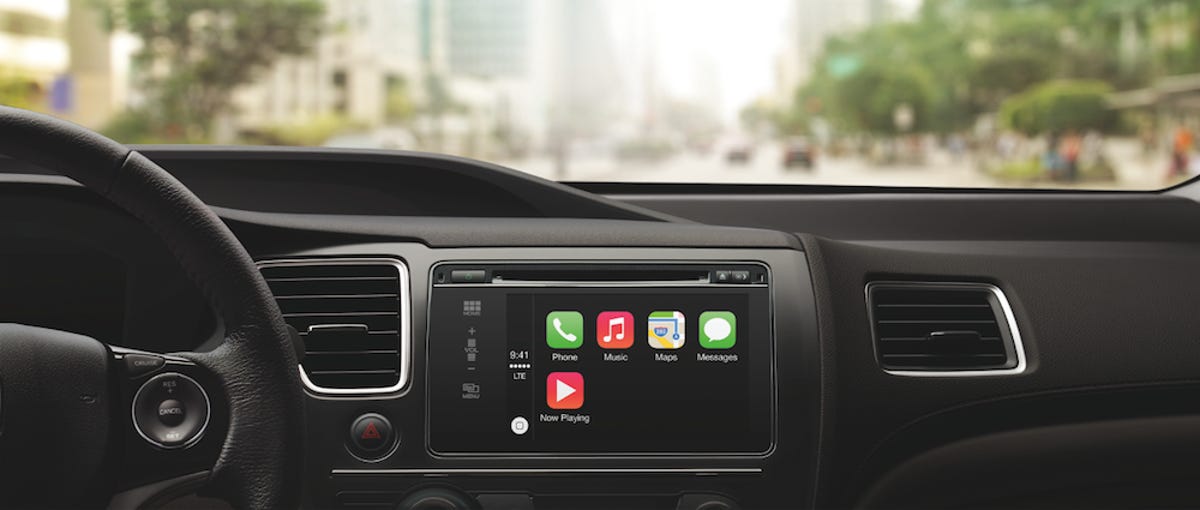

Toyota
Apple’s debut of CarPlay-connected vehicles, which run apps via a paired iOS device, show how getting other products to feel a little more iOS-friendly might be as useful as having a new Apple product. WWDC will probably have a little more to say on CarPlay, or at least show more cars using it.
Smart Home: The second wave?
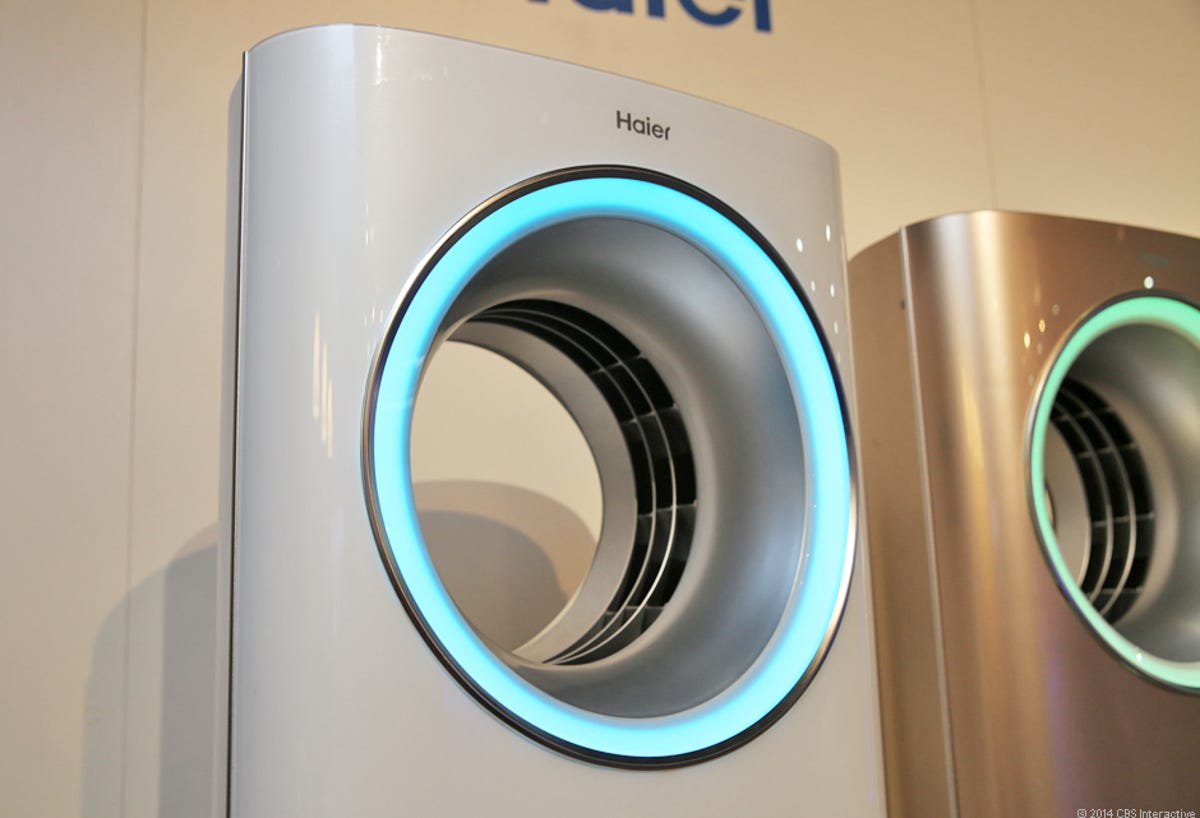

Colin West McDonald/CNET
Mounting rumors suggesting a new iOS 8 focus on smart appliances and home devices, with a possible remote app to control them all, could mean a lot more MFi appliances. GigaOM and the Financial Times have reported that Apple’s connected home strategy will indeed be further fleshed out next week at WWDC. Apple-ready appliances are already here: Haier’s MFi air conditioner was introduced this past winter. Controlling your thermostat, garage door, home entertainment, or lighting via an iPhone makes obvious sense. You already can, but via a ton of stand-alone apps. Standardizing the experience would open the door for more devices, and maybe more devices working with each other. But that doesn’t mean Apple will necessarily corner the market by any means. It could end up being one of several competing systems. For Apple device owners, however, it could mean that future smart home devices would be a lot easier to set up and control via one app or API.
Healthbook: Possible gateway to new wearables
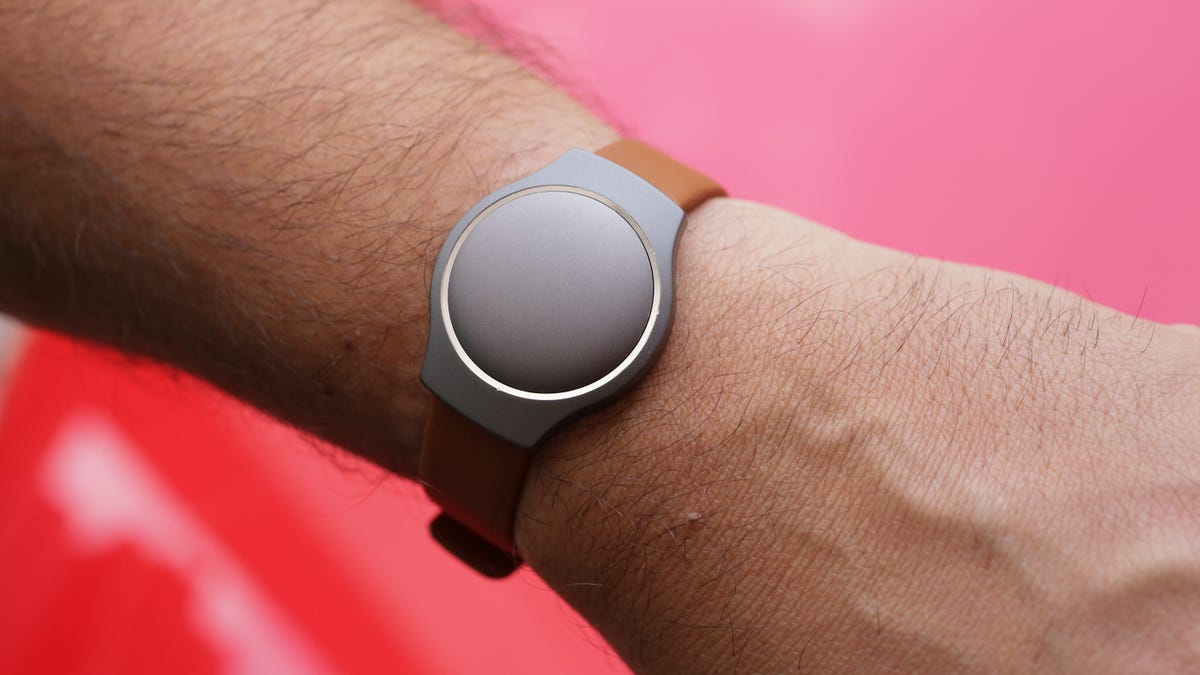

Sarah Tew/CNET
There are already a ton of fitness bands, connected scales and blood pressure monitors, and various other bits of health gear that work with separate dedicated apps bit are iOS-certified. The expected launch of Healthbook, a new app for health data according to 9to5Mac, could be a hub for those gadgets, but also a new standard that health tech could cross-communicate with. We keep anticipating an iWatch, but in the meantime, an app that better syncs and interconnects health devices would be just as useful, or even more so. Sensors can be on fitness bands, smart clothing, or standard gym or medical equipment. Having them all talk to each other would be fantastic. It could also be the key to a broader health-tech strategy than just hoping on a miracle iWatch.
iBeacon: The glue to tag everything else
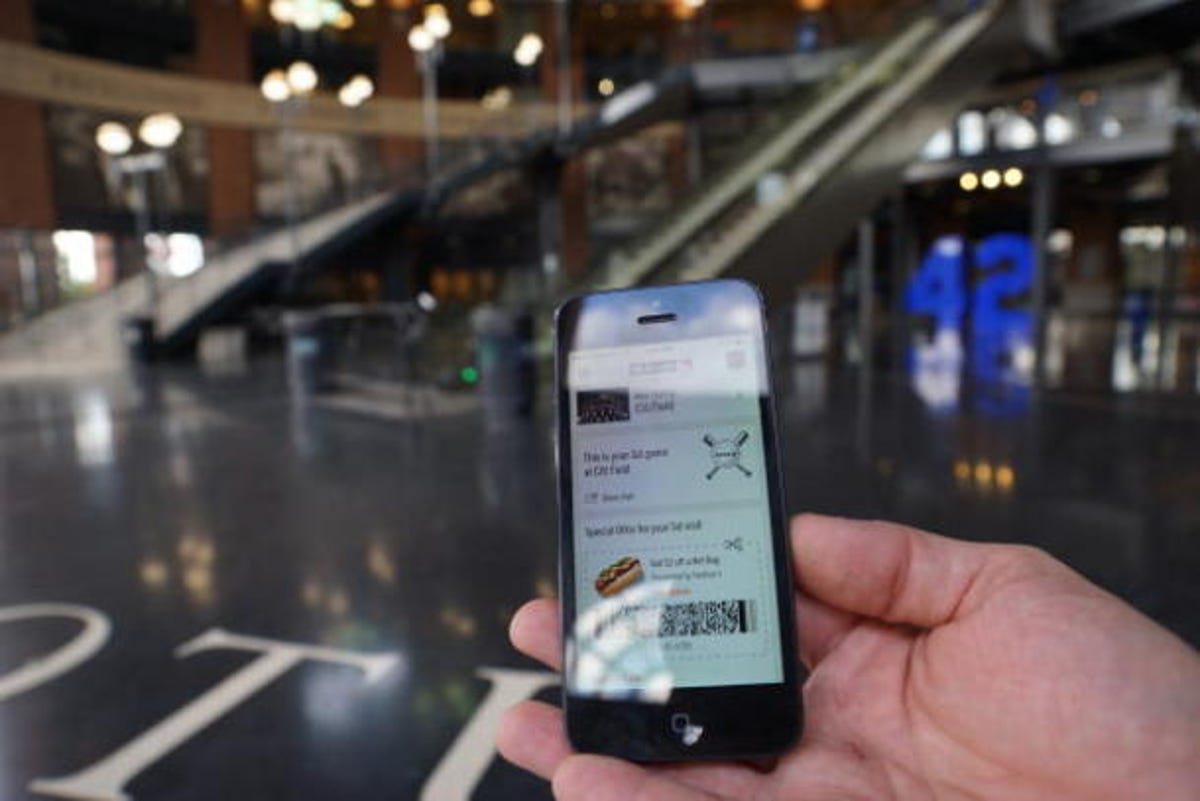

Roger Cheng/CNET
Apple’s rollout of small local location-tagged chips called iBeacons have begun being used in sports stadiums, Apple Stores, and other places where iPhones can connect and be more context-aware. iBeacon could be a part of a future where you use your iPhone to explore locations around you tagged with iBeacon, or trigger boarding passes or tickets when you arrive where you’re going, or even work with mobile payments. iBeacon support was one of the features of iOS 7, but iOS 8 could be where the world around your iPhone connects even more smartly. With public places, stores, or maybe even parts of your home.
A lot of wearable tech I’ve seen lacks one big thing: an ability to see and interact with the world beyond your own phone. Interconnected things will make wearable devices feel like the magical bands they could be, but first there needs to be a world of interconnected things. That could be what begins to happen at WWDC, especially as Google might be on the verge of doing the very same thing in just a few weeks.
Connecting the stars in the iCosmos
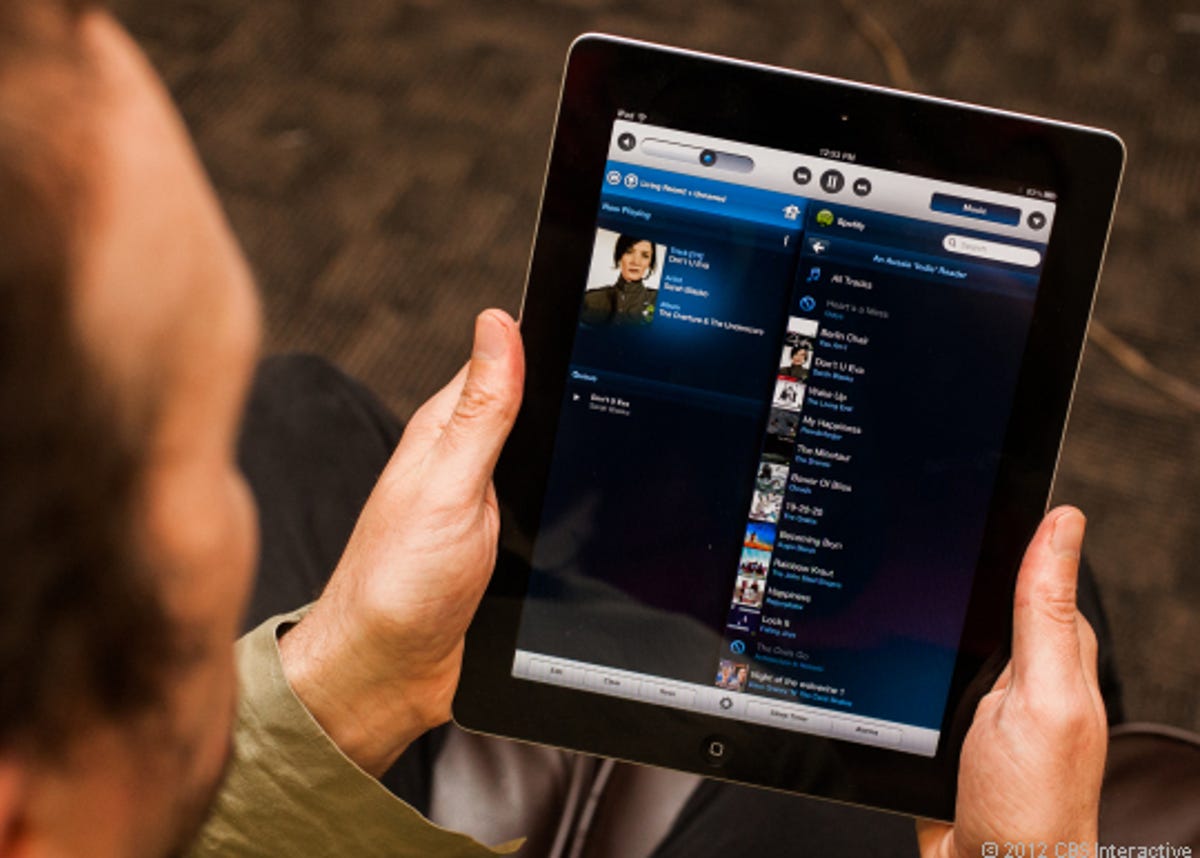

Sarah Tew/CNET
Cars. Smart home. iBeacons. Health sensors and wearables. All of that, on top of Apple’s already gargantuan iOS install base — tens of millions of iPhones, iPod Touch units, and iPads, ready to be deployed as frontline soldiers as Apple begins an assault on the Internet of Things.
Indeed, the “appification” of appliances and devices is already here. You can already control tons of products directly from an iPhone and iPad — or, from an Android device. What needs to happen next is the knitting together: common language, common infrastructure, and a way for new products to easily connect, too. And ideally, fewer individual apps. These are categories of products Apple may never choose to make: air conditioners, cars, blood pressure cuffs. For these devices, better connectivity could make them star products.
Consider Sonos, which went from a promising multiroom digital music system to a category killer that’s now being aped by the likes of Bose , Samsung, and others. The company really took off once it dumped its expensive proprietary touchscreen remote and released a free app that turned any iPhone into a controller.
If the other things you own can play well with the phone in your pocket or the tablet in your bag, that’s a world most people would prefer to live in. Google’s already driving this forward via acquisitions like Nest, and Samsung’s aiming for the same thing in health and home. And, once Apple’s next big hardware products finally do arrive, they could end up working with a whole new landscape of connected tech. And that could be what this year’s WWDC could really be striving for: laying the groundwork.



